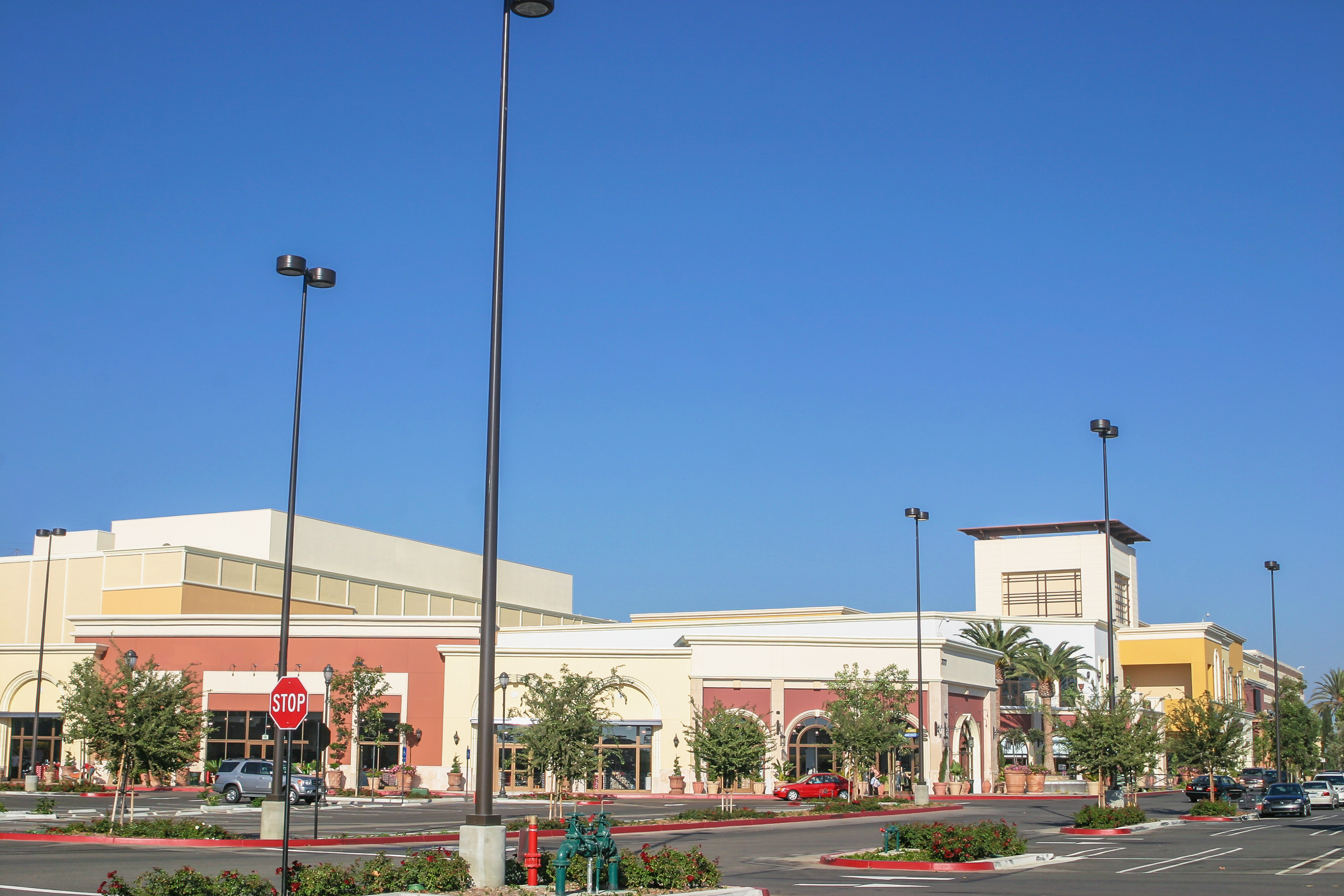 Step #4 in our Site Selection Checklist for making intelligent site selection decisions is to define your site criteria.
Step #4 in our Site Selection Checklist for making intelligent site selection decisions is to define your site criteria.
In our experience, many businesses that are deciding where to locate a store or open a new business location jump right to defining site criteria. Without a doubt, it’s important for you to think carefully about your location (even if there is more to making a site successful).
What do we mean by site criteria? These are the physical attributes of a location—the condition of the shopping center, how convenient it is to get into (e.g. the ingress) and out of (egress), the number and arrangement of parking spots, the side of the street and volume of traffic it provides, for example.
So, how do you approach defining the site criteria that is important to you? Here are a few steps:
1. List out what matters most to your customers.
Take a look at step #1 in our site selection checklist again: get to know your customer. To identify the site criteria that matters to you most, you need to look at the data you have about your customers, whether that’s from surveys, loyalty programs or purchased third-party data. Ask yourself…- What can you garner from that data about what is important to your customers?
- Does your business require high visibility real estate or does much of the business come from repeat visits and word of mouth?
- Is ample parking critical to your success?
2. Consider good and bad co-tenants.
For many businesses, the degree of success can be influenced by the tenants with which you share a shopping center. So, it’s worthwhile to do some analysis on prospective anchor tenants and whether those cotenants would be helpful or harmful to your business. Will the cotenant provide additional traffic to your location or monopolize your limited parking spaces? A tool like SiteSeer’s Void Analysis can help you evaluate how often an anchor co-locates with businesses like yours and how different cotenants perform.
3. Rank different site criteria.
Let’s assume you arrive at five important site criteria:
-
- Visibility
- Locating with a specific anchor cotenant (e.g. a grocery store chain)
- An end cap location
- Prioritizing evening traffic, i.e. the “going home side of the road”
- And ample parking.
It is likely that the sites you are considering will meet some of your criteria and be lacking in others. Thus, you might want to rank those criteria in order of importance. This is useful in general for evaluating sites, but can be used as a metric in a model for evaluating sites. SiteSeer’s Model Builder lets you choose key performance indicators and build site report cards. The benefit of this is that you can confirm the accuracy of your gut feel about a specific site criterion with data—like whether being in an end cap is as important as you assume it is. If you’re not sure where to begin when coming up with and ranking site criteria, here’s a list of questions to answer:
- Is this site accessible in the way you need it to be? Traffic lights, curb cuts, entry and exit points should all be evaluated.
- What is the volume and type of traffic around the site?
- How is the site’s visibility for people driving and walking by?
- Are there restrictions on the types or size of signage you are allowed to hang?
- What other businesses are located in the same shopping center?
- Is there a history of crime or vandalism in the area of the site? Does the location feel safe and have proper lighting?
- Are there any challenges to overcome with the site in terms of maintenance (e.g. parking lot problems or structural foundation issues)?
- Is there adequate space for parking?
- Has the building been evaluated for any hazards or other issues like asbestos?
- Does the site have sufficient storage if you need it (e.g. for extra supplies or inventory)?
- How is the overall condition of the property? Can it be easily improved and modernized?
4. Weigh nearby competition.
This is its own step in the site selection process, but make sure you’re thinking about your nearby competitors’ site criteria. If you’re a pizza chain and your competition one-half mile away has a more accessible parking lot or is located on the better side of the street, you need to factor this into your site criteria. Is the site you’re considering in the best position as compared to your nearby competition? As far as site characteristics, what would lead customers to choose them over you?
5. Do an “eyeball” analysis.
We’re big fans of using data to make decisions, but it’s a good idea to use common sense as well when evaluating sites. Do a retail store location analysis using your own two eyes. How does a shopping center look? Does it need significant updates? What do you know about the landlord? The property management company? This is more about data, but make sure you gather as much information as you can about things like common area maintenance and other costs that you might be responsible for.As you can tell, there’s a lot to market planning and site selection and evaluating site criteria is a big part of the process. You need to ensure that you choose the best site to fit your goals and budget and that the attributes of a site make it attractive over the sites of your competition in the area.
If you need help, contact SiteSeer. We’ll help you analyze your current locations to identify the success factors in terms of site criteria that you should strive to have in all locations going forward.

